Writers encounter dialogue every day, but too often recently I’ve seen great stories ruined by choppy, incoherent, and straight up weird dialogue.
Let’s break down the essentials of dialogue tags so we can all write clearer conversations.
At The Write Practice, we publish a new article each day designed to help writers tackle one part of their writing journey, from generating ideas to grammar to writing and publishing your first book. Each article has a short practice exercise at the end to help you immediately put your learning to use.
Check out the latest articles below or find ones that match your interest in the sidebar.
And make sure to subscribe to get a weekly digest of our latest posts, along with our free guide, 10 Steps to Become a Writer.
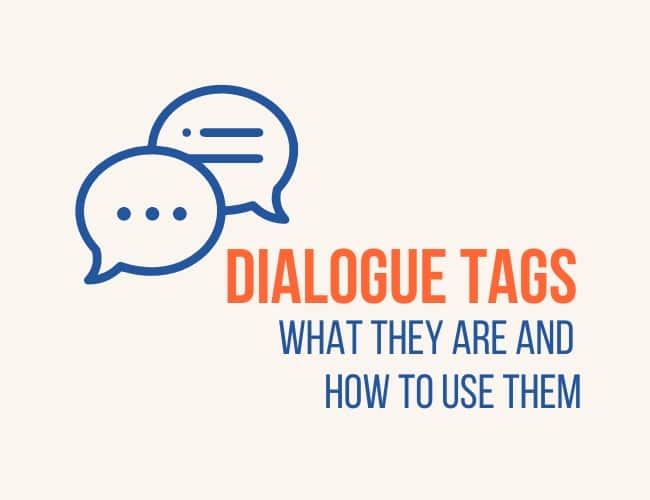
Writers encounter dialogue every day, but too often recently I’ve seen great stories ruined by choppy, incoherent, and straight up weird dialogue.
Let’s break down the essentials of dialogue tags so we can all write clearer conversations.
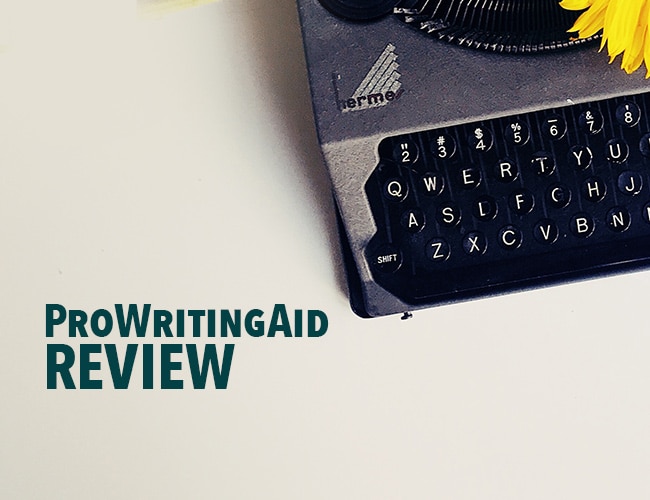
ProWritingAid is a grammar checker and style editor meant to help you improve your writing and become a better writer. How does it work? And would it be a useful tool for you? I tested it to find out, and I’ll break it all down for you in this ProWritingAid review.
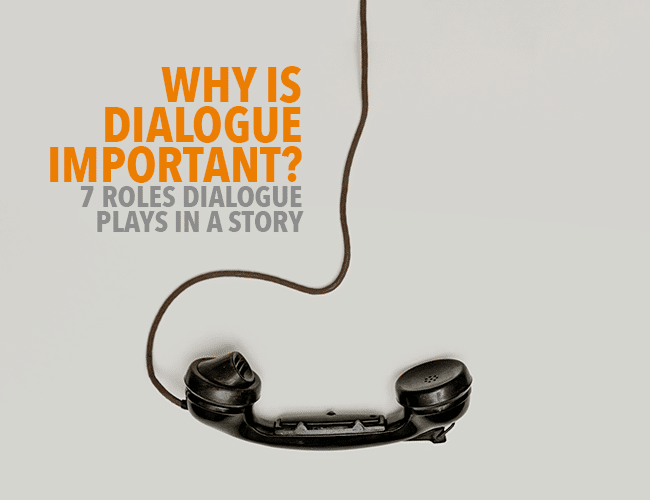
If you’re looking for a surefire way to improve your story, you’ll be happy to know there’s a fast-acting method at your disposal. According to writing expert James Scott Bell, it’s “the fastest way to improve any manuscript.”
I’m talking about dialogue.
But here’s the thing—dialogue is more than just the words you put in your characters’ mouths. On screen and stage, it’s the actor’s job to take his lines and infuse them with meaning, expression, emotion, and so on. On the page, that’s your job.

Earlier this week, I read “Poppies,” a short story by Ulrica Hume, one of our authors on Story Cartel. Initially, I had only planned on skimming a few pages, but the first line hooked me. Before long, I was finishing the last page.
Great first lines have that power, the power to entice your reader enough that it would be unthinkable to set the book down. How, then, do you write the perfect first line?
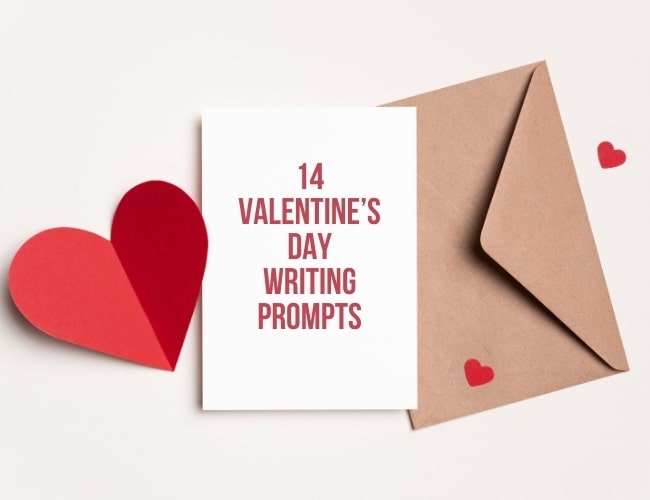
Valentine’s Day has a complicated history depending on who you ask. It’s been called a celebration of a martyr, a festival heralding a coming spring, and a holiday for lovers.
But you don’t have to frame it as a romantic holiday to have fun with one of these fun writing prompts today.
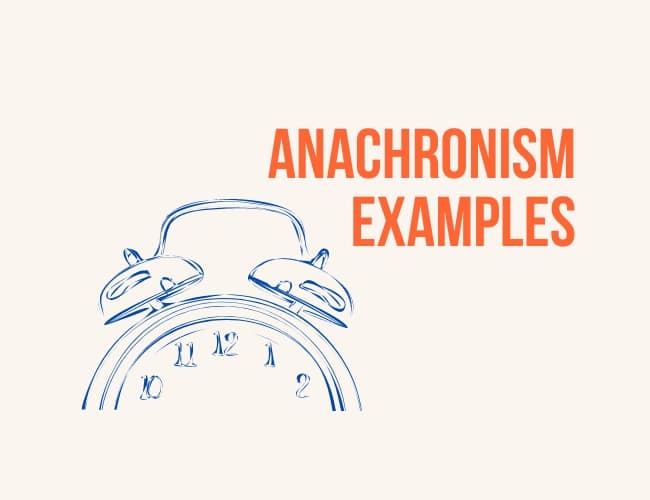
Imagine writing a story set in Dickens’ 19th century, Victorian England, and your Scrooge spin-off answers his cell phone, “Wassup?” Or your knight in 13th century France uses phrases like, “spilling the tea.” Those are anachronisms, and they would likely startle contemporary audiences out of the story.
Let’s look at the definition of anachronism, types of anachronism, and anachronisms in your story.

I dream of a day when I can wake up, sip my coffee, write some morning pages, and then work on my latest novel until dinner. Unfortunately for me, and for many of you, that day is not today.
I’ve got kids and a house and bills, so I have to work full-time. Even so, over the past four years, I’ve published five novels, three novellas, and countless short stories.
How do I write books while working full-time? There are five things I’ve had to do to make this a reality.

James Patterson has held a top position on the list of best-selling thriller writers for the better part of two decades, so I jumped at the chance to take his MasterClass, learn his secrets, and add to my thriller writer toolbox. You may be wondering if taking the class would be a good move for you. Stick around for my James Patterson MasterClass review and see what you think.
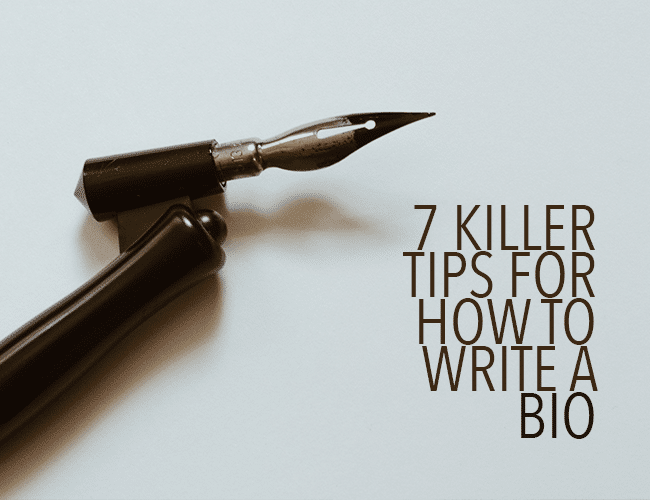
You have just opened your email from the magazine you submitted your article to. You read the email you have been hoping for and dreaming of: “Hey there, we want to publish your article. Please reply with a fifty-word killer bio. We will post it at the end of your article. You can include up to three links.”
Wow, your writing has been accepted! Now you have to say who you are.
Writing your biography can seem almost as challenging as writing the piece you submitted. But it is a necessary part of publishing your writing. How will your readers know who wrote your wonderful article if you do not tell them?
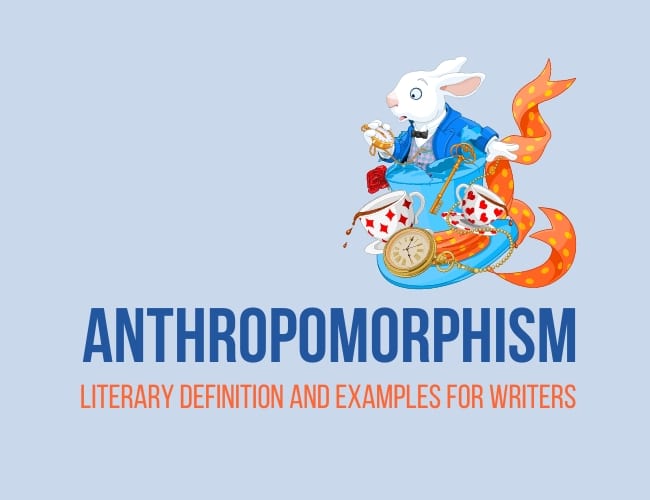
Children’s books often use animals as main characters, giving them human-like characteristics to connect with readers in real life. Did you know there’s a name for that? Let’s look at anthropomorphism’s literary definition and some examples.